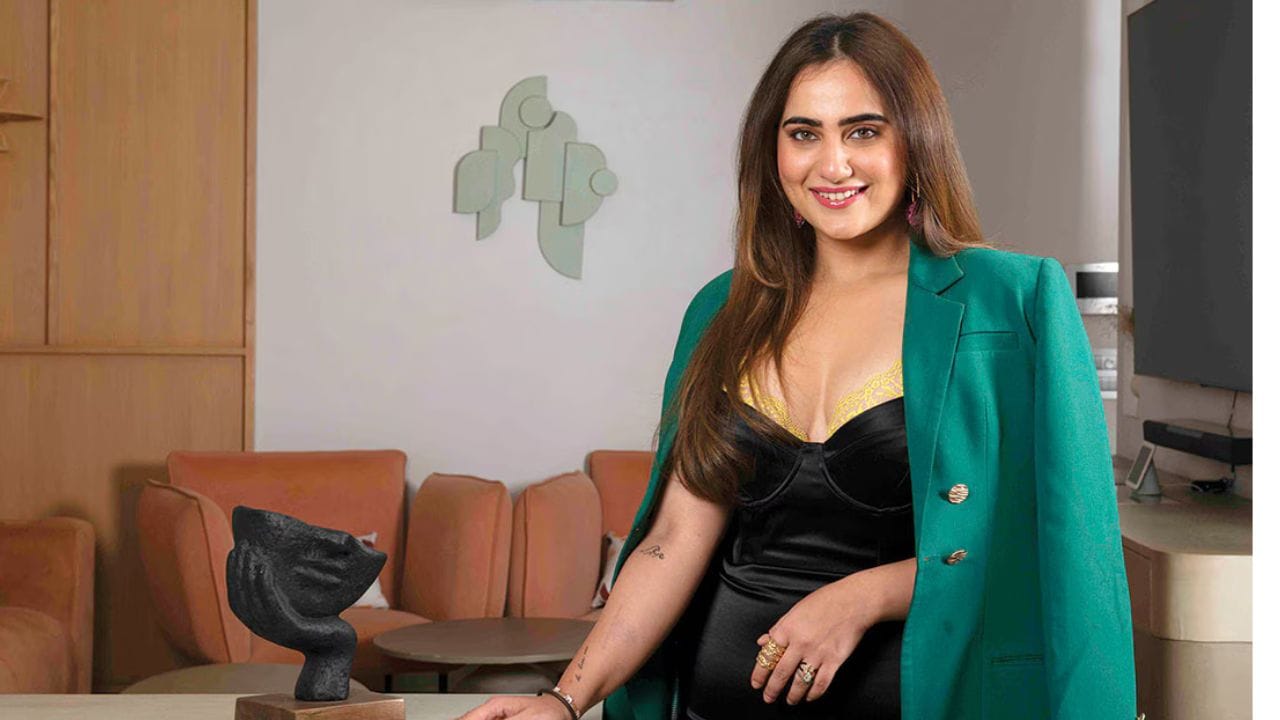With the launch of UnderNeat, a new shapewear label from actor and digital creator Kusha Kapila, India enters a new phase in the evolution of creator-led commerce. Yet as influencer-driven ventures continue to proliferate, the conversation has shifted. No longer is the buzz alone sufficient. The real test lies in sustainability.
Vinay Singh, co-founder and partner at Fireside Ventures, a consumer-focused investment firm, sees potential beyond the novelty. “India’s aspirations are changing rapidly,” he said. “But with that comes increased pressure – on identity, on appearance. In that context, categories like shapewear resonate.” Influencers, he argues, are uniquely positioned to bridge the knowledge gap in such spaces, especially when their own journeys mirror those of their consumers.
Kapila’s entry into entrepreneurship is emblematic of a broader shift in how brands are built in the creator age – organically, through narrative and familiarity. Ramya Ramachandran, founder of Whoppl, a platform connecting brands with digital creators, notes that the appeal of such ventures often lies in their informality. “Kusha began by simply starting a conversation,” she said. “Three months later, it became a business.”
What distinguishes these launches, according to Ramachandran, is a notable absence of the traditional hard sell. “Creators speak to their audience like confidantes, not marketers,” she said. “That kind of engagement builds long-term credibility.” She draws comparisons to international examples: MrBeast’s snack empire, Emma Chamberlain’s coffee line, and influencer-branded items on Erewhon’s shelves. “The common thread is connection. If that remains intact, the brand has a fighting chance.”
But connection alone may not suffice. Rutu Mody Kamdar, founder of Jigsaw Brand Consultants, sees early momentum as both opportunity and risk. “In the beginning, the creator is the brand. Their personality, aesthetic, and audience equity offer a ready-made runway. But for long-term sustenance, a creator brand must stand apart from the creator—it needs its own voice, values, and whitespace in the category. Otherwise, it becomes a merch line, not a business..”
Kamdar cautions that consumer categories such as shapewear or skincare demand more than aesthetics. “These are deeply personal categories. The consumer is not just buying a product—they’re buying into a belief system, a worldview, a promise. For creator-founded brands, the biggest challenge is often the blurring of boundaries between personal expression and product proposition. Aesthetics alone can’t carry function-heavy categories like skincare or shapewear.”
And in an era where audiences are increasingly discerning, the stakes are high. “Consumers can tell when something is rooted in fandom, not function,” she said. “When authenticity feels staged, the backlash can be swift.”
That credibility, she emphasized, must be earned. “Has the creator done their homework? Are they solving a real need? Is there depth in the execution?”
Nisha Sampath, managing partner at Bright Angles Consulting, believes that content creators have an edge in marketing the product, but scaling while ensuring quality, providing customer service where required, managing finances, and getting pricing right, are all challenges that they face. These are areas where ‘professional brands’ founded by entrepreneurs may have an edge.
Sampath feels Kapila has made a studied start. “Kapila’s approach is interesting as it sets the playbook of how great content can create consumer connect and anticipation before launch, with her core consumer base – her fans. For this she invested time before launch, talking about consumer needs, and the problem that she was solving for, rather than touting her product.”
Still, she warns, early marketing success does not mitigate the operational demands of scale. “Customer experience, pricing strategy, supply chain – these are challenges where legacy brands often have the upper hand.”
Another common pitfall, she notes, is assuming that a creator’s digital following will directly convert to a customer base. “A creator’s biggest challenge is to separate their personal brand from their business brand. The failure of one, can have a huge repercussion on the other. While their personal brand can give the initial boost for launching, the brands they launch ultimately need to build and stand on their own equity. Blurring the line, can hurt both brands in the long run.”
An industry observer, who requested anonymity to speak freely, framed the creator economy as inherently volatile. “The content landscape changes every few months,” they said. “You can’t control the narrative indefinitely. The way forward is to build something adjacent – something less dependent on virality.”
As the creator economy matures, one truth is increasingly evident. Influencer-led brands are no longer a novelty. The question is whether they can evolve into enduring businesses – or remain extensions of internet fame. The answer may lie not in follower counts or launch parties, but in the everyday, often invisible work of building something that lasts.
